Your website loads fast, looks great, and is packed full of content …
But is it credible?
A lot of businesses overlook this question. They trust the quality of their products and services will shine through. Or they’re more concerned with generating more traffic than delivering a quality user experience.
Credibility can seem like a tricky concept to tackle.
What makes one website credible and another… not so credible? You know it when you see it, but can you quantify credibility? How are you supposed to make sure your website is credible if you aren’t sure which factors affect it in the first place?
Some compelling university research can help clear up the confusion. Keep reading to see how.
Photo Credit: Death to Stock
Visitors Assess Website Credibility Within Seconds
Your website is often a potential customer’s first contact point with your business.
It only takes a split second to make or break you. Users notice and interpret your website elements and assess its overall credibility practically the moment they land on your page. This isn’t done on a conscious level, but the subconscious works quickly to size you up.
It doesn’t help that many web users have been scammed in the past, and most believe that fraud and low-quality content are growing problems online. With so many other options to choose from, a user will bounce from your website if there’s any doubt about your credibility.
To make your websites more credible to customers, you need to break down all of the little unconscious decisions that go into an overall credibility assessment. Identifying the most important factors will help you know what to focus on in your own website.
Fortunately, researchers from Stanford University did just that:
Quantifying Credibility
Stanford University is well know for their innovations in the tech world. They even created The Stanford Persuasive Technology Lab, which researches and designs interactive technologies to motivate and influence users.
The Persuasive Technology Lab published the Stanford Web Credibility project. Professor BJ Fogg, along with the help of other researchers, conducted over three years of research on 5,500 users in different types of studies (lab experiments, surveys, online experiments, content analyses) to dissect credibility and come up with the 10 most important guidelines.
Credibility can act as a gatekeeper blocking you from getting valuable conversions…
Or it can be a tool to influence user behavior positively. Designing for credibility can give you a huge strategic advantage. Let’s dissect Professor Fogg’s 10 key credibility guidelines:
1. A Professional Website Design
They say not to judge a book by its cover, but people do it all the time online. The same goes for your target audience.
Your website design has a huge impact on your credibility. Between 75% and 94% of people base their snap judgment of websites on this very factor.
A professionally designed, aesthetically pleasing website will help you get past skeptical visitors’ filters and keep them reading. You could have the best product around, but no one will stick around long enough to buy it if they can’t look at your website without cringing.
Take a look at this beautiful (but not overwhelming) design from Houndstooth Coffee:
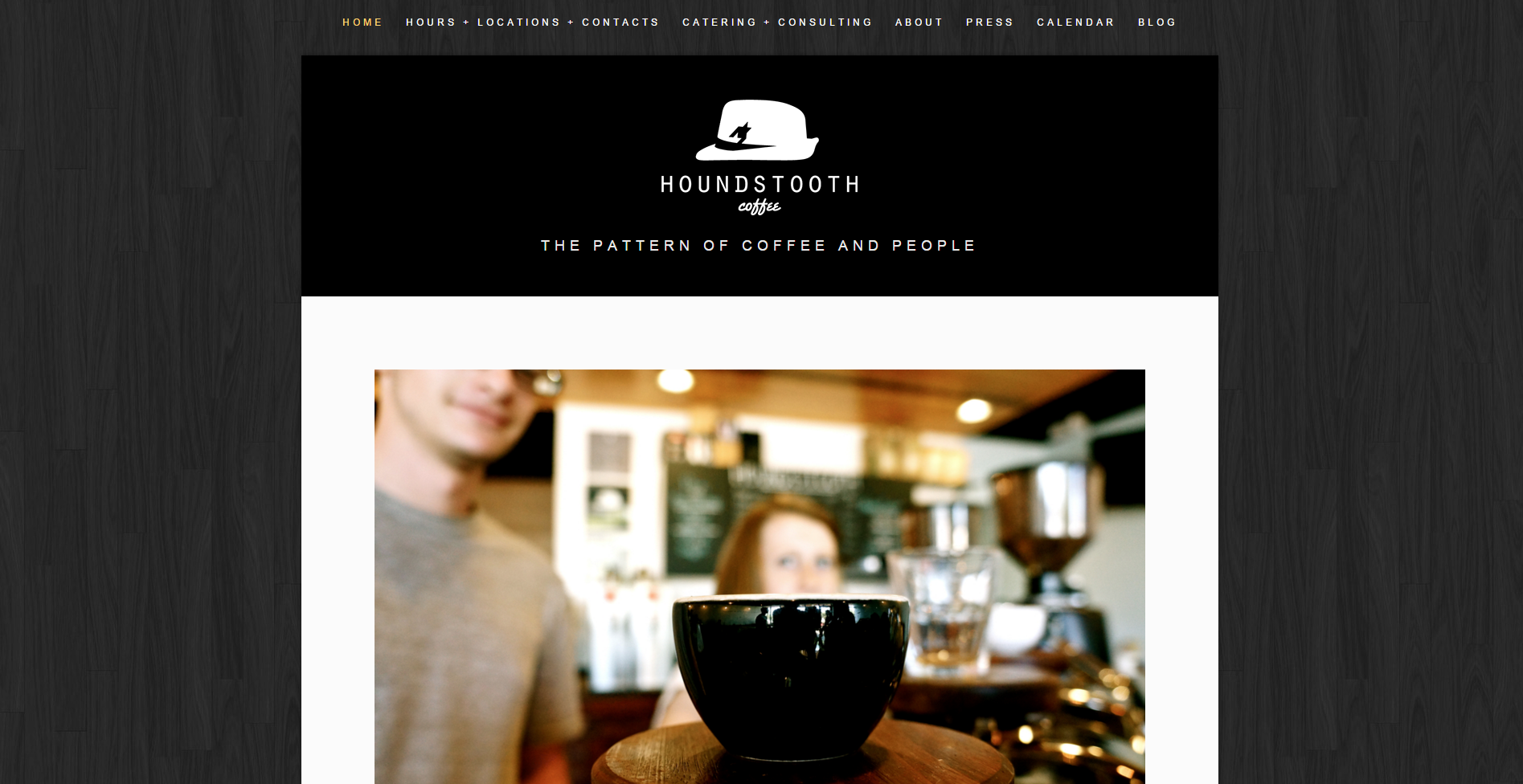
The keys: a professional look that’s easy to read and interact with. Some originality adds a nice personal touch, but be careful about straying too far from design conventions. Visitors have certain expectations about what certain types of websites should look like. If your e-commerce site looks nothing like the typical e-commerce design, for instance, visitors won’t stick because you didn’t meet their expectations.
2. Make It Simple to Verify the Information on Your Website Is Accurate
It isn’t fair, but you’re “guilty until proven innocent” in the eyes of first-time website visitors.
That means they’re coming into the experience with their eyes wide open. You can win them over, but they have a natural inclination to be skeptical when you start throwing out claims and information without adequate support.
How can you make these claims and boost your credibility instead of lowering it? Make it easy for people to check up on them. Depending on your situation, cite plenty of scientific studies, links, and other reference material.
Here’s how the South Beach Diet does this:
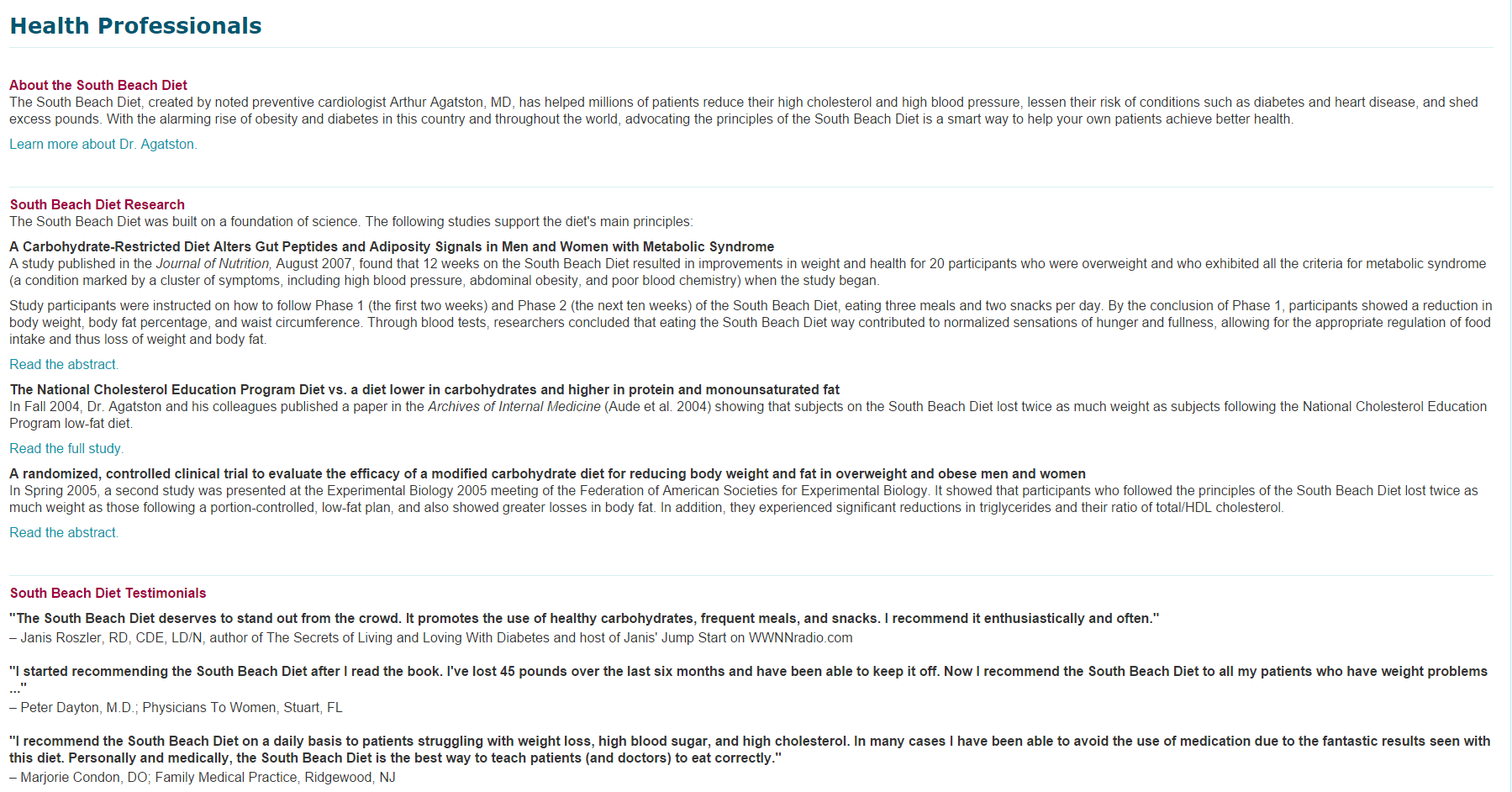
Most visitors won’t click on these links, but that’s beside the point. Just having the links there – giving people the option to verify your claims – creates another level of reassurance. You show you have nothing to hide. You have confidence in your claims, and you aren’t afraid of challenges from skeptics. All of those things are great for your credibility.
One more thing. Don’t link to reference materials without screening them first. You can improve or hurt your credibility by association, so take a little time to make sure your reference sites are legitimate and well supported.
3. Show There’s a Real Organization Behind Your Domain Name
Doing business online makes it easy to hide behind a URL, but that’s the last thing you want to do if you want customers to perceive you as credible.
Any scammer or underhanded business can fork over the cash to buy a domain name. You can do more than that, though. You can separate yourself from the pack if you’re willing to flesh out your website by giving visitors a more in-depth look at your operation.
The little things count. Just including a phone number for people to contact you, an address so they can look up your business, and photos to show you’re a legitimate operation have a huge impact on your credibility.
Quest Nutrition sells protein bars and other fitness supplements – an industry bound to get plenty of customer skepticism. They build credibility by including mailing offices, maps, email addresses, and phone numbers on their contact page:
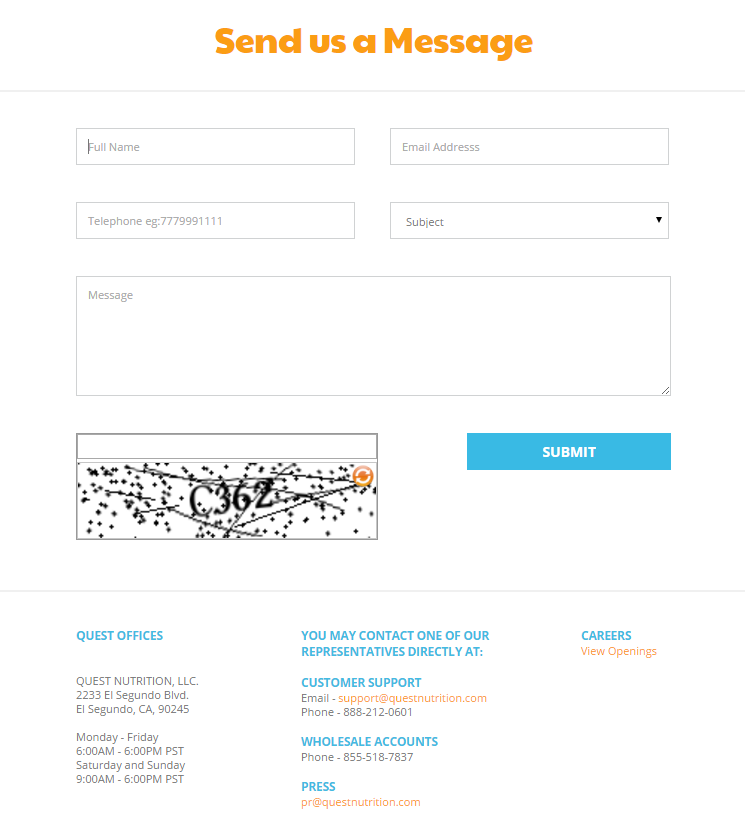
If applicable, register with your local chamber of commerce and display the logo on you homepage. You can also create platforms on review sites (like Yelp) and social media profiles to flesh out your businesses’ image. Make sure to include links to those platforms within your web content.
Actions like these show people that you aren’t trying to hide – you’ll stand behind the quality of your business and what you’re offering in public – which is hugely important for credibility.
4. Highlight Your Expertise
One of the hallmarks of credibility: the impression that you can do what you say you can do.
Credible websites devote plenty of attention to this. Publishing content regularly (blog posts, videos, podcasts, etc.) show prospects you understand their frustrations and know what you’re talking about. But nothing can replace case studies and testimonials from satisfied customers. Past history is the best predictor of future behavior!
Including a portfolio of past projects is another great way to put your money where your mouth is. Instead of taking your word on what you say you can do, visitors can see the results from themselves.
If you’ve given any industry speeches or presentations, be sure to include links to that content. Recognition within your field is a shortcut to recognition from potential customers. Derek Halpern shows his marketing expertise by including quotes from articles written about him:
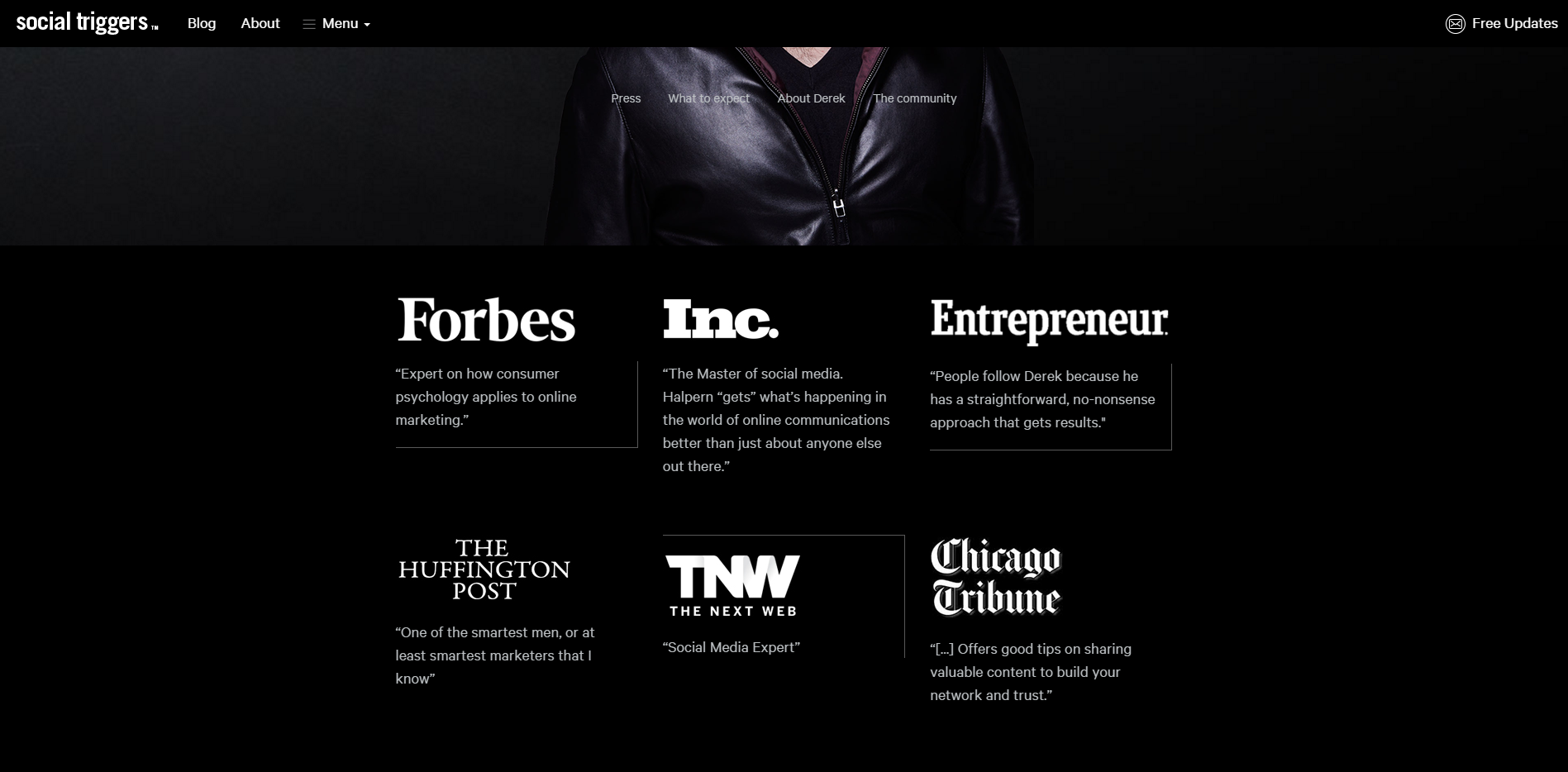
5. Show That Credible People Stand Behind Your Website
If you can show that other credible people support your website, you’re more likely to win the trust of skeptical visitors.
A lot of online businesses hide behind bland logos and stock photos. But you can humanize your website by including an “About us” page, complete with the origin story of your business and bios for your team members.
You don’t have to spill all your personal information, but giving visitors a glimpse of who your team members are adds to their credibility. Include photos and bios that give away more than just their position in your company. What about their personal interests? Hobbies? Favorite sports teams? That information adds a credible human touch.
Kickstarter does an incredible job with this. Visitors can even view different employees by which interests they have in common. Here are all of Kickstarter’s “metal heads:”
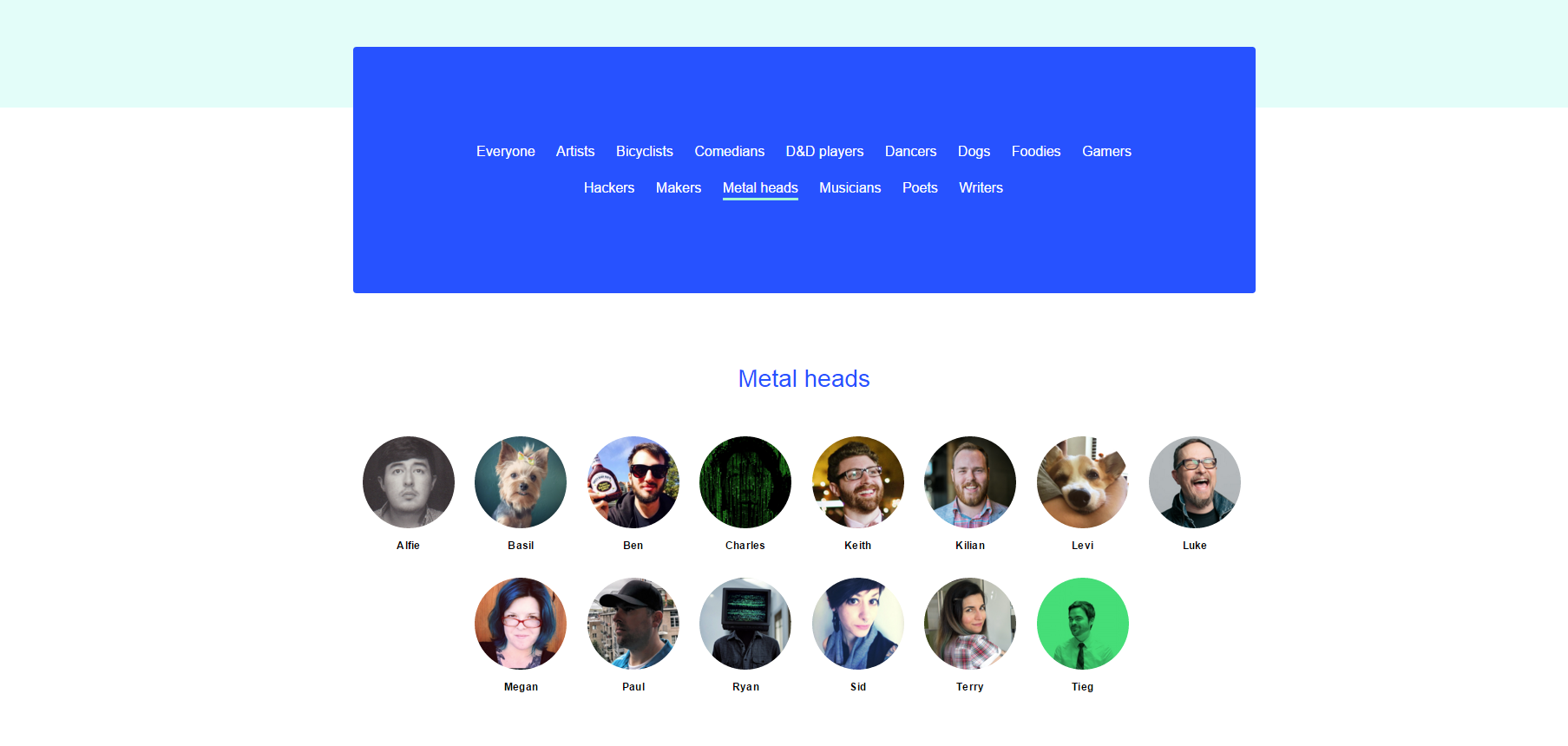
Testimonials from customers are another great way to do this. Include customers’ full names, pictures, and links to their websites if you can. You can even think about video testimonials to boost your credibility to another level.
6. Make It Easy for People to Contact You
What’s a visitor supposed to do if they have a question or need to get in touch with you?
Making it easy for people to contact you is one the simplest ways to boost your credibility. Scam artists might hide behind their domain names, but when you’re open and transparent you set yourself apart.
Credible websites make it effortless for people to reach out. They open up multiple channels of communication – email, contact forms, telephone, and even live chat – so visitors can choose the option most convenient for them.
Salesforce.com includes a phone number, link to a contact form, and even a tab on the right side of their valuable above-the-fold homepage space:
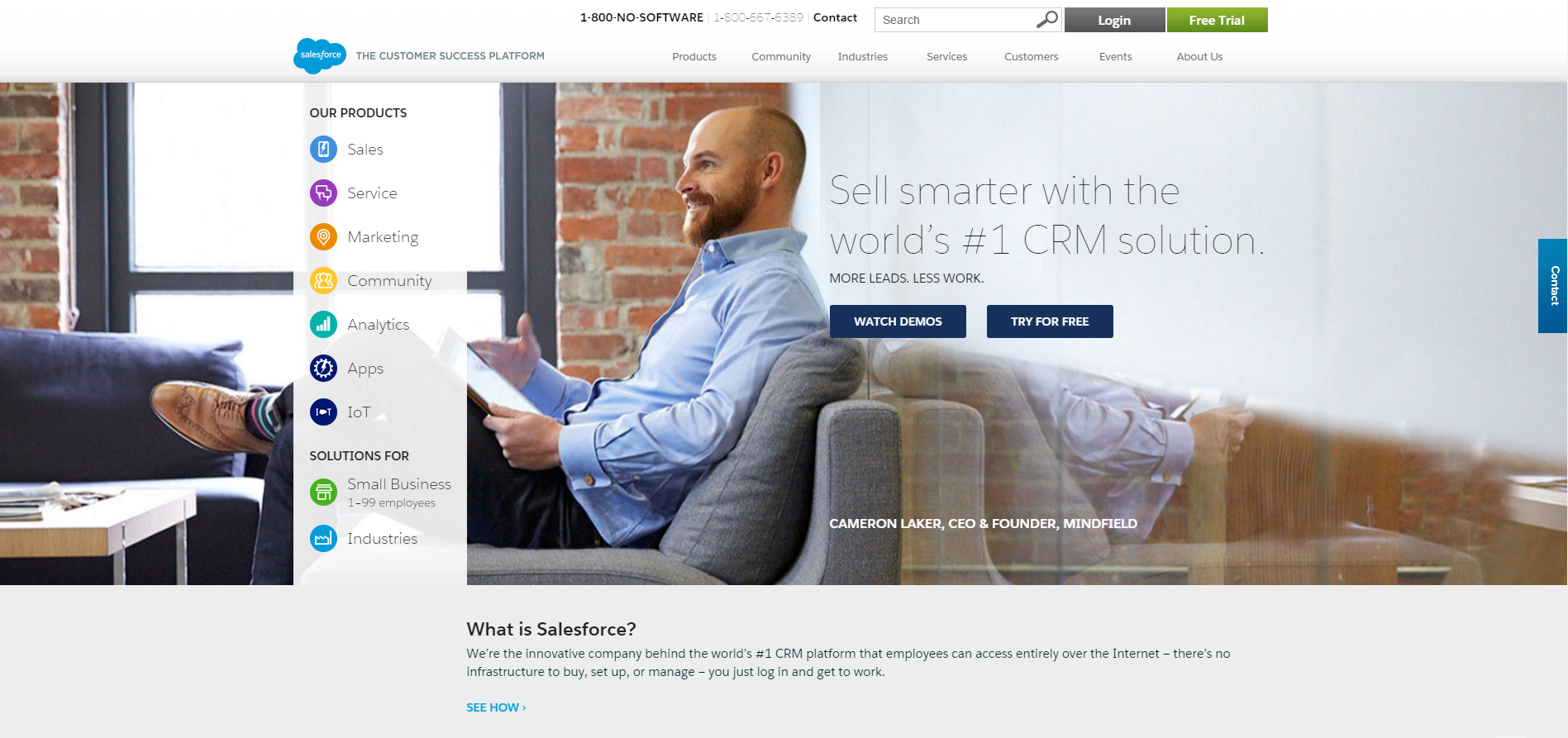
The better you can eliminate the friction that stops visitors from getting in touch with you, the better you establish yourself as someone to trust.
7. Make Your Website Useful and Easy to Navigate
This guideline is an offshoot of a professional website design.
This starts with a simple navigation and menu structure. Avoid clutter, flashy animations, or distracting designs (like carousel sliders). Clarity and usefulness beats flashy any day.
Mint makes it easy for people to find what they’re looking for without overwhelming them:
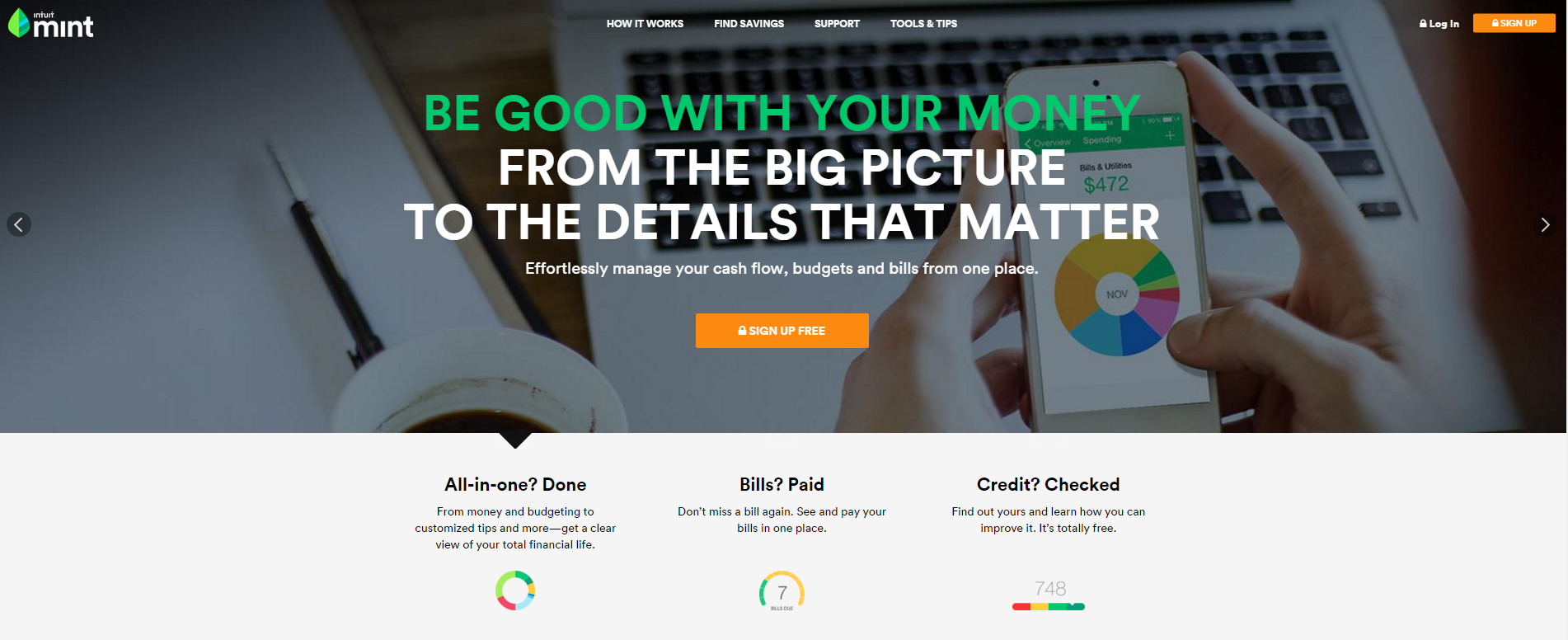
You’ve probably divided your sales process into multiple micro conversions. Instead of trying to get people to do several things at once, limit yourself to one conversion goal per web page. It might help separate your products and services onto different landing pages so people can find exactly what they want.
A killer value proposition ties everything together. Someone should be able to look at your website and know within seconds 1) who you serve, 2) how you can help, and 3) why they should choose you.
8. Update Your Content Often
Fresh content is credible content. Frequent updates give users the impression that your business is still active and you’re staying on top of your game, constantly improving your website and offers.
Zendesk does this nicely with their “What’s New” section on their homepage:
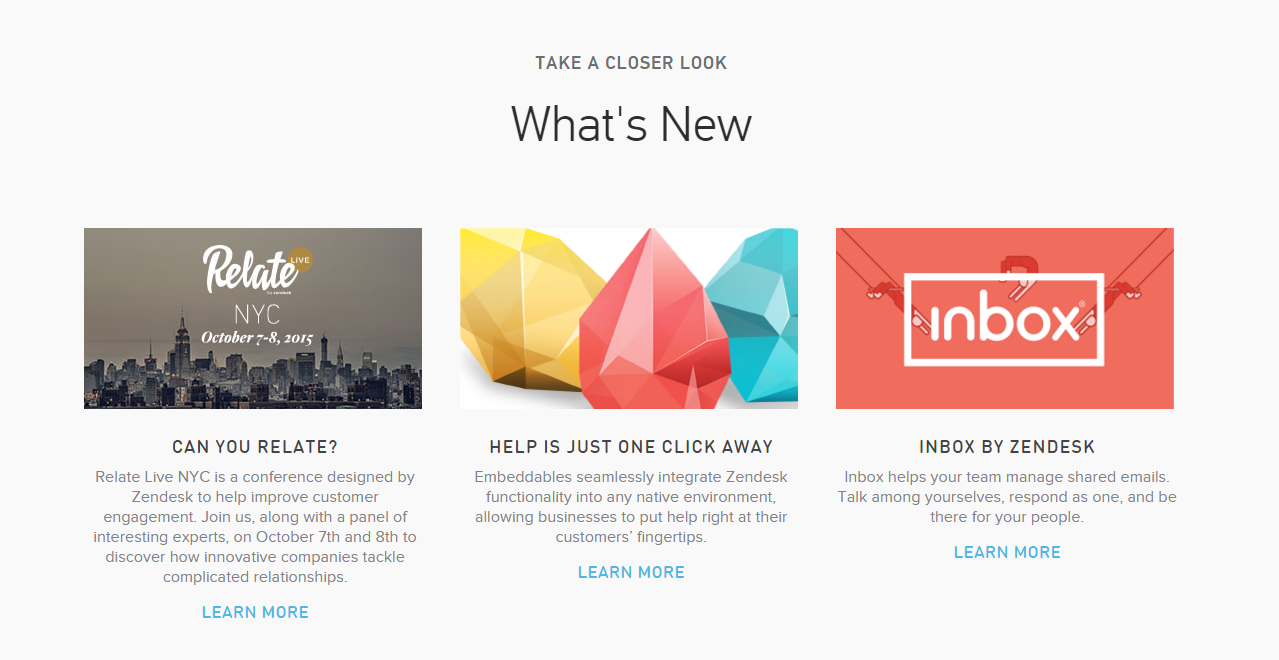
Blogging regularly, posting news articles, and even dated press releases accomplish this nicely. Putting out new content is kind of like having your windows cleaned in a brick and mortar business. It makes it easier for people to look inside and see you’re still humming along just fine.
If you don’t have the time or budget for much content marketing, at least consider curating relevant content and posting it up whenever you can. You’ll save time and still provide plenty of value to your users.
9. Don’t Promote Too Aggressively
Credible websites are portals to useful, relevant content. The end goal is to make more sales of course, but if you push too hard right away you’ll leave a sour taste in visitors’ mouths.
Your top priorities are to clarify what your business does and whom you serve, as well as provide the information people need to make informed buying decisions. Most people won’t be impulse buyers. Pressuring people when they aren’t ready is a guaranteed way to get them to jump ship.
The last thing you want to do is overwhelm people with options or try to sell five different products at once. Too many distractions destroy the user experience. They’ll slow down and start to wonder if you really have their best interest in mind… or if you’re just trying to make some quick cash.
A lot of this goes back to website navigation. A simple, logical menu structure will help people find the information they need, and you can promote your products and services on landing pages with personalized conversion goals.
Trello does a great job of this. They have a premium product for sale, but all they try to do on their homepage is get visitors to sign up for a free account:
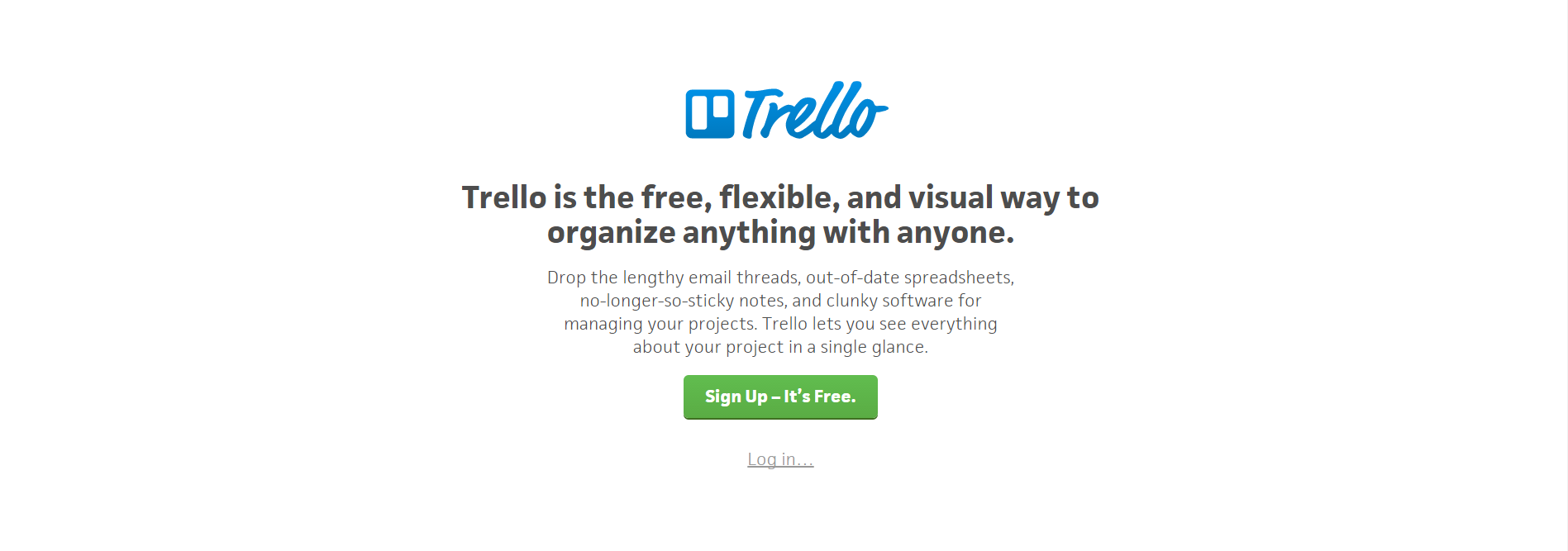
10. Avoid Errors as Much as Possible
Everyone makes mistakes, but they can really do a number on your credibility.
Do everything in your power to avoid typos, grammar mistakes, and broken hyperlinks. These might seem like tiny errors to you – so small people will hardly notice them – but every little mistake casts doubt on your ability to deliver the results you say you can.
Fortunately, your website content is entirely within your control. Double-check your content and install a broken link checker plugin to help keep your website structure intact. And it can never hurt to have a few people proofread new content before it goes out.
Pulling It All Together
A lot of your competitors aren’t considering the credibility of their websites.
When you do pay attention to how your credibility is being perceived and take action to improve it, you get skeptical web users to lower their guards and become receptive to what you have to say.
Designing for credibility is a powerful strategy that can give you an advantage over your competitors. The first step to improving yours? Internalize the 10 key guidelines above and make those changes part of your conversion rate optimization strategy.
What have you done to improve your website’s credibility? Did you notice an effect on your conversions? Leave a comment below and let me know!







